15 Stellar Shots from the 2025 Milky Way Photographer of the Year Contest
![]()
Travel photography blog Capture the Atlas has announced the winners of its annual Milky Way Photographer of the Year competition. The curated 2025 collection features 25 of the best Milky Way photos captured worldwide, and, for the first time, includes a Milky Way photo captured from outer space.
The eighth edition of the Milky Way Photographer of the Year competition received over 6,000 entries. Photographers from nearly 20 countries entered images captured in 25 nations, including Chile, the United States, Greece, Switzerland, Guatemala, Australia, New Zealand, Taiwan, Argentina, Yemen, Chad, and more.
This year’s contest includes an image captured from aboard the International Space Station (ISS). The photo captured by acclaimed astrophotographer and veteran NASA astronaut Don Pettit shows the Milky Way glittering above the Earth’s atmosphere.
“It bridges the gap between science and art, giving us an awe-inspiring look at the galaxy that surrounds us — from both Earth and orbit,” Capture the Atlas explains.
“While we can only see a small part of the Milky Way with our own eyes, photography allows us to uncover its hidden beauty — showing details, colors, and patterns in the night sky that usually go unnoticed. But beyond the camera and technique, it’s the photographer’s creativity, patience, and sense of wonder that truly bring these images to life,” Capture the Atlas continues.
Below are 15 of the 25 award-winning images from the 2025 Milky Way Photographer of the Year competition. The rest of the winners are available on Capture the Atlas‘s website, complete with personal stories and EXIF data for each shot.
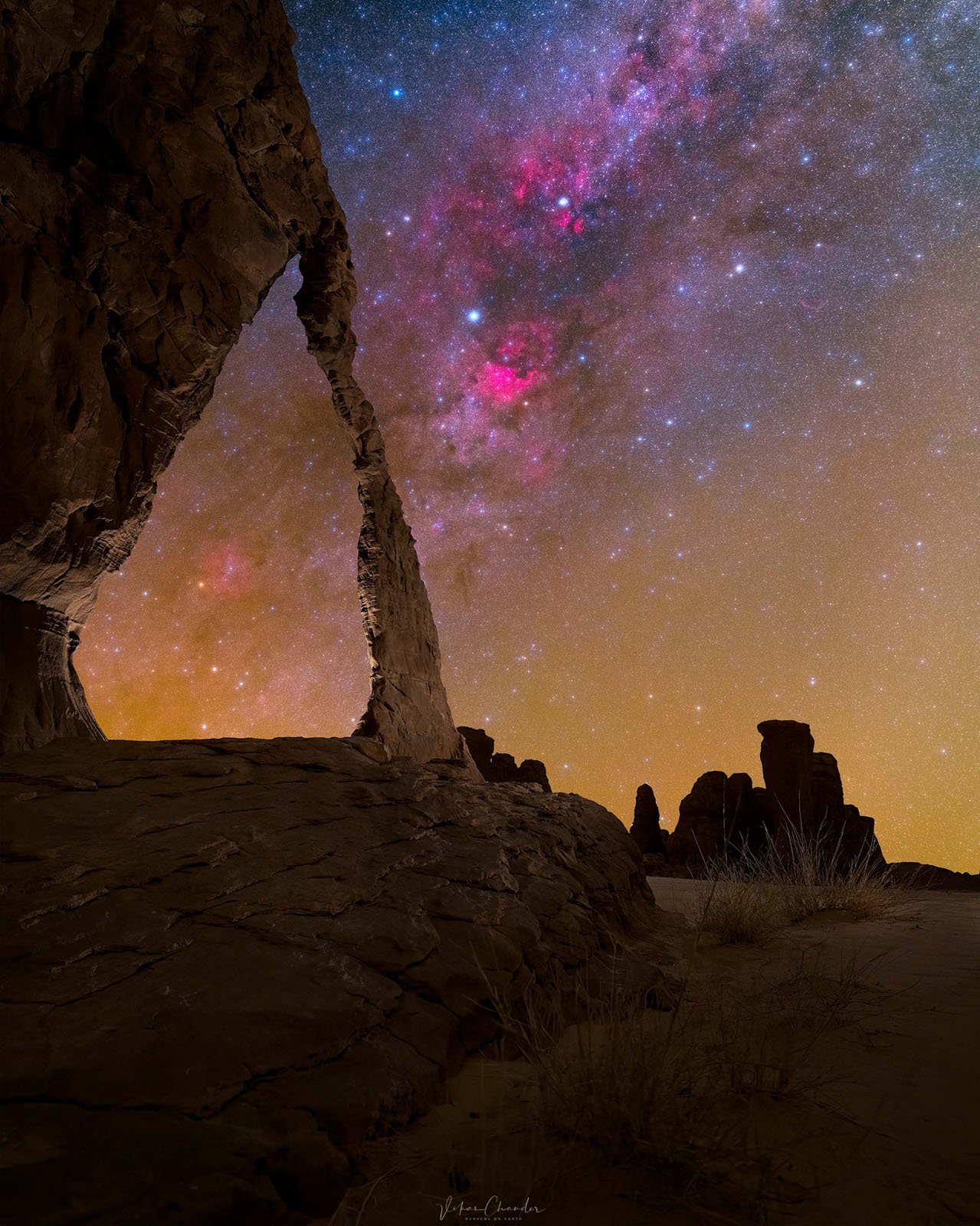
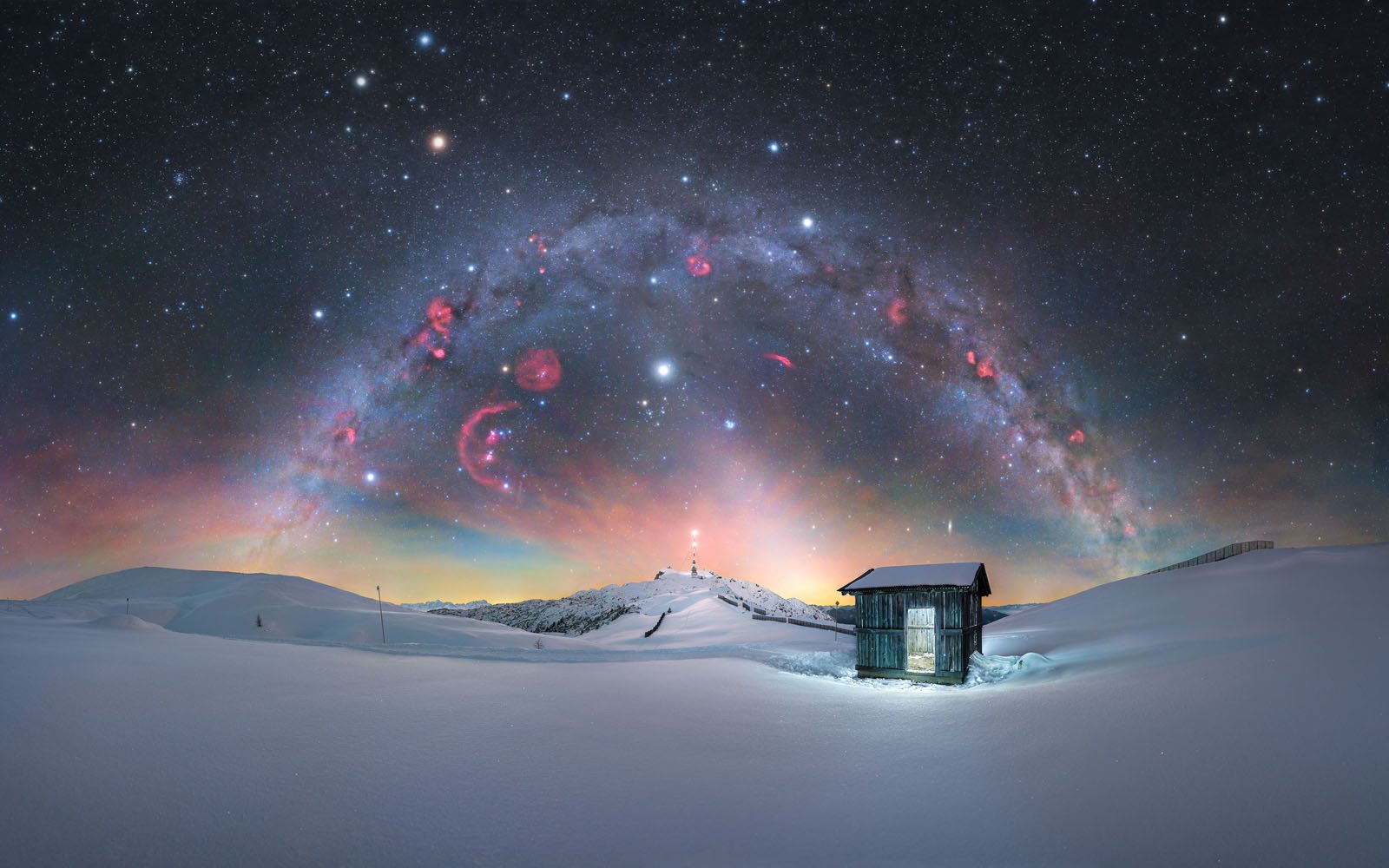
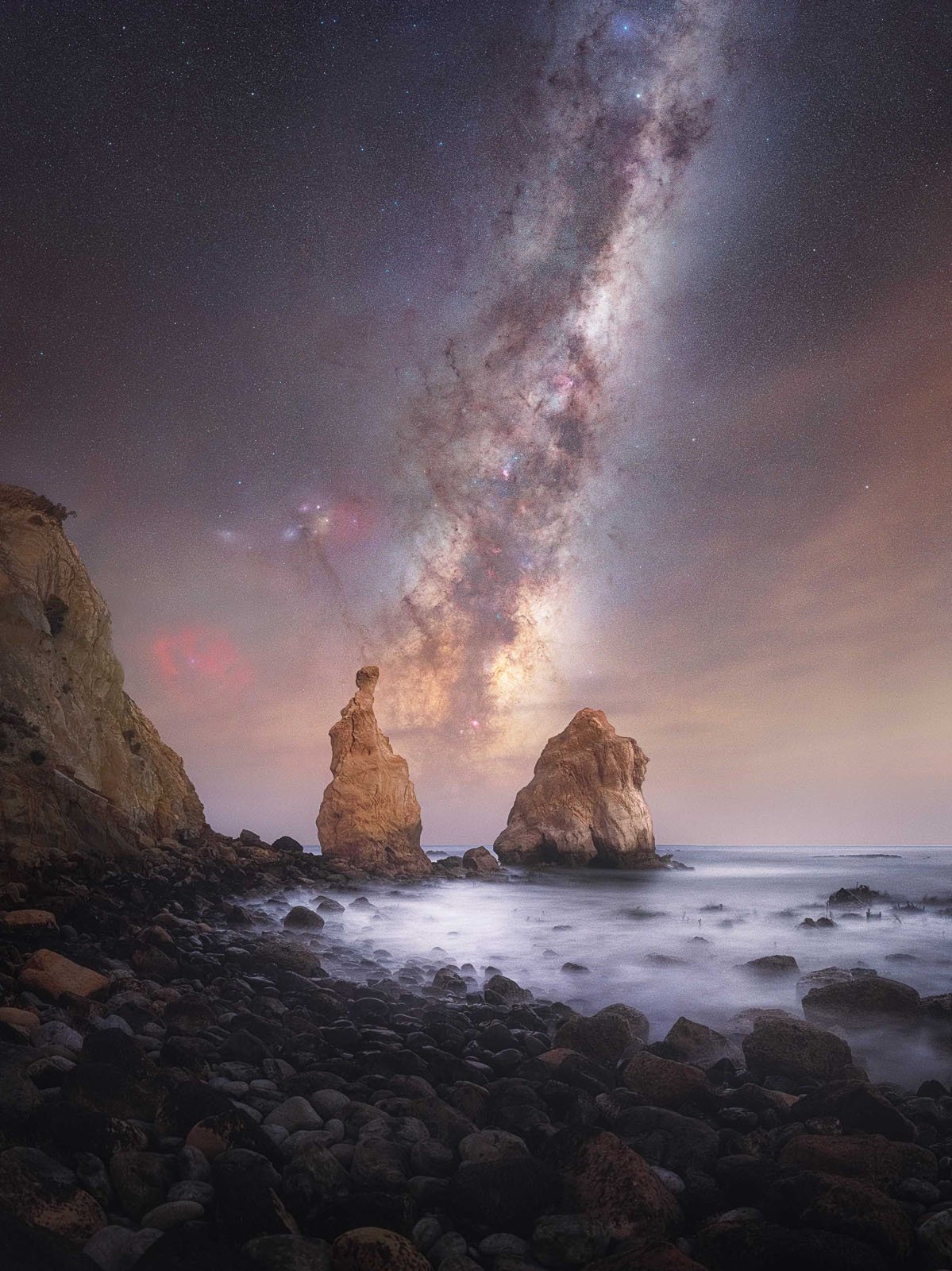
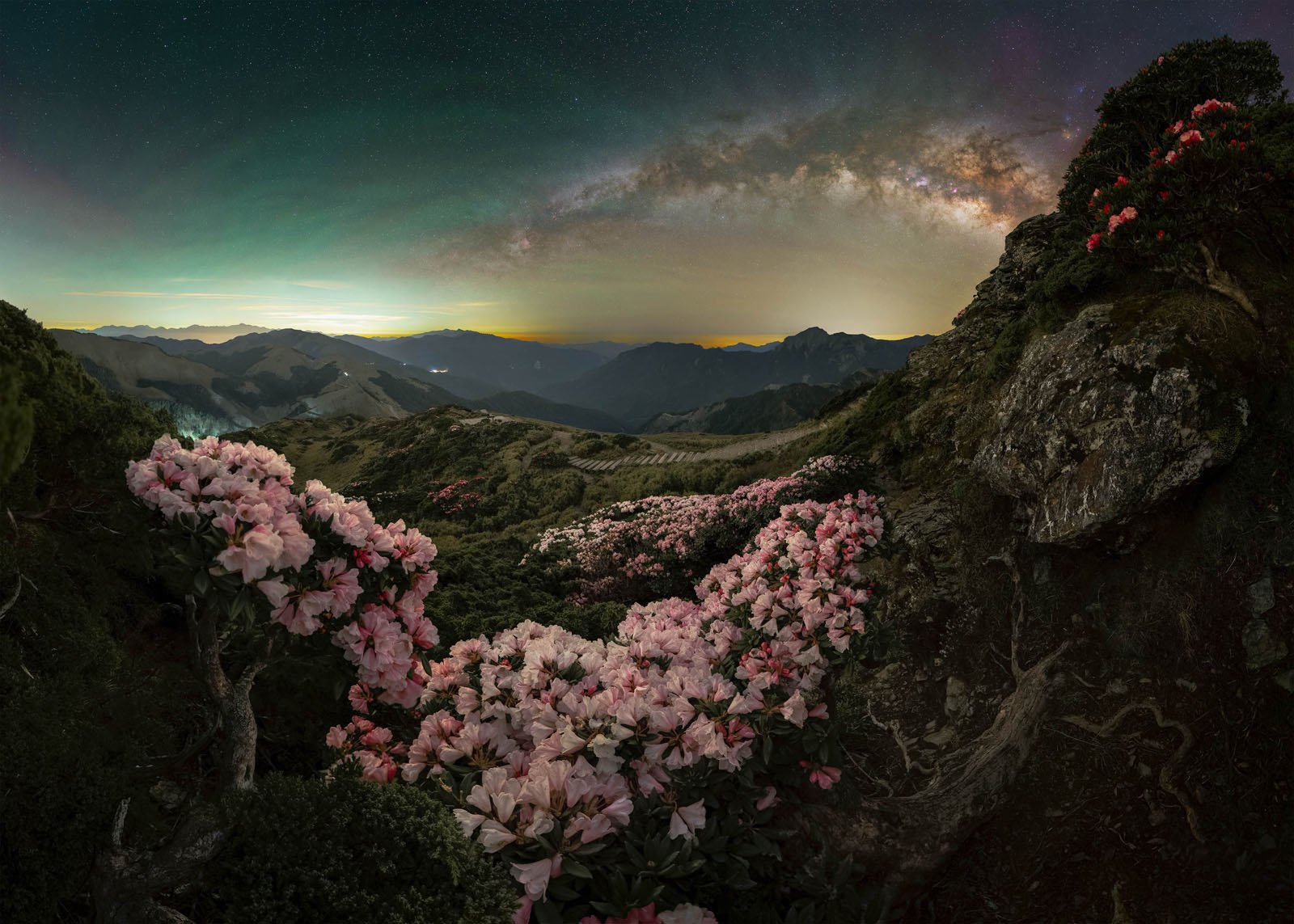
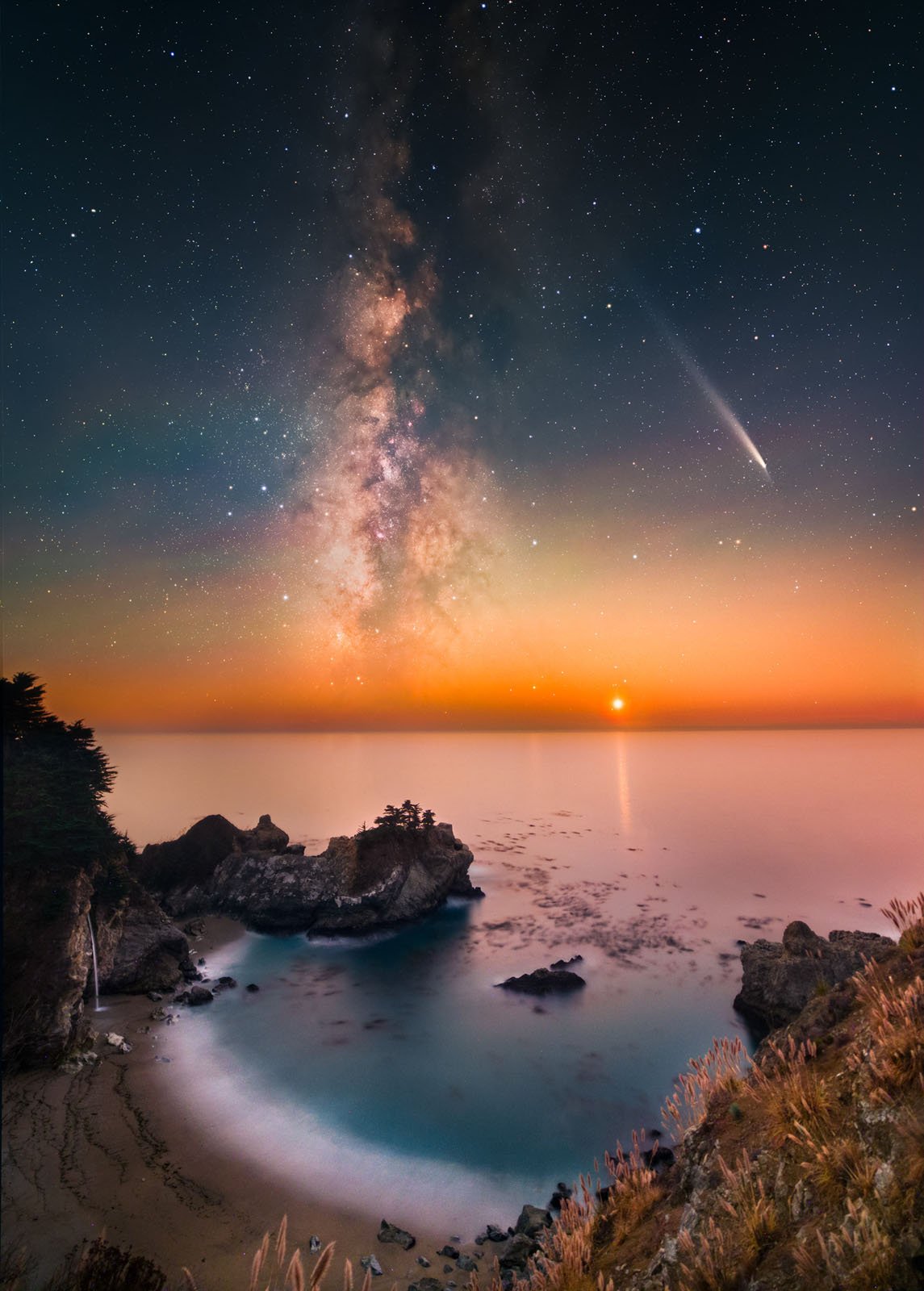
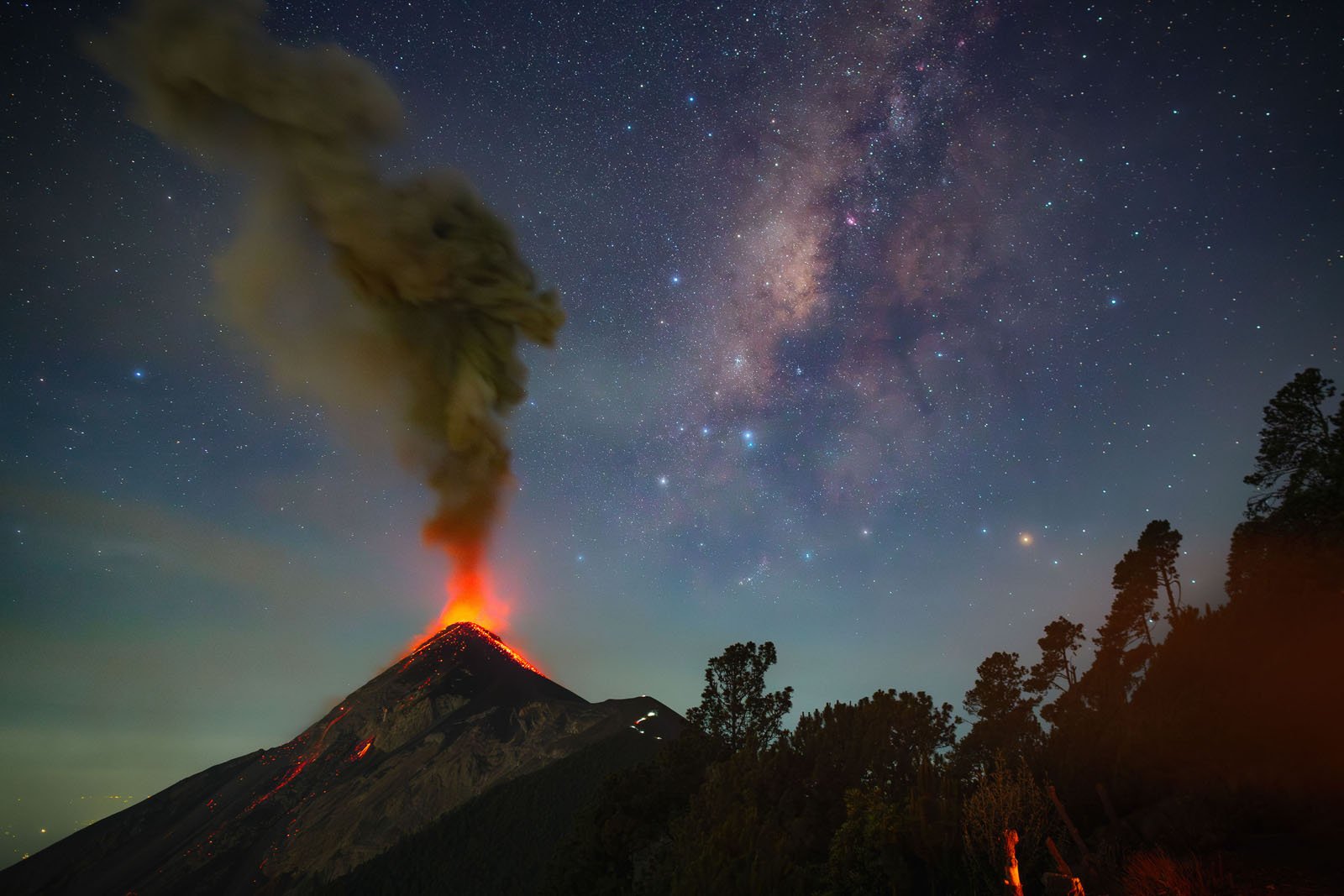
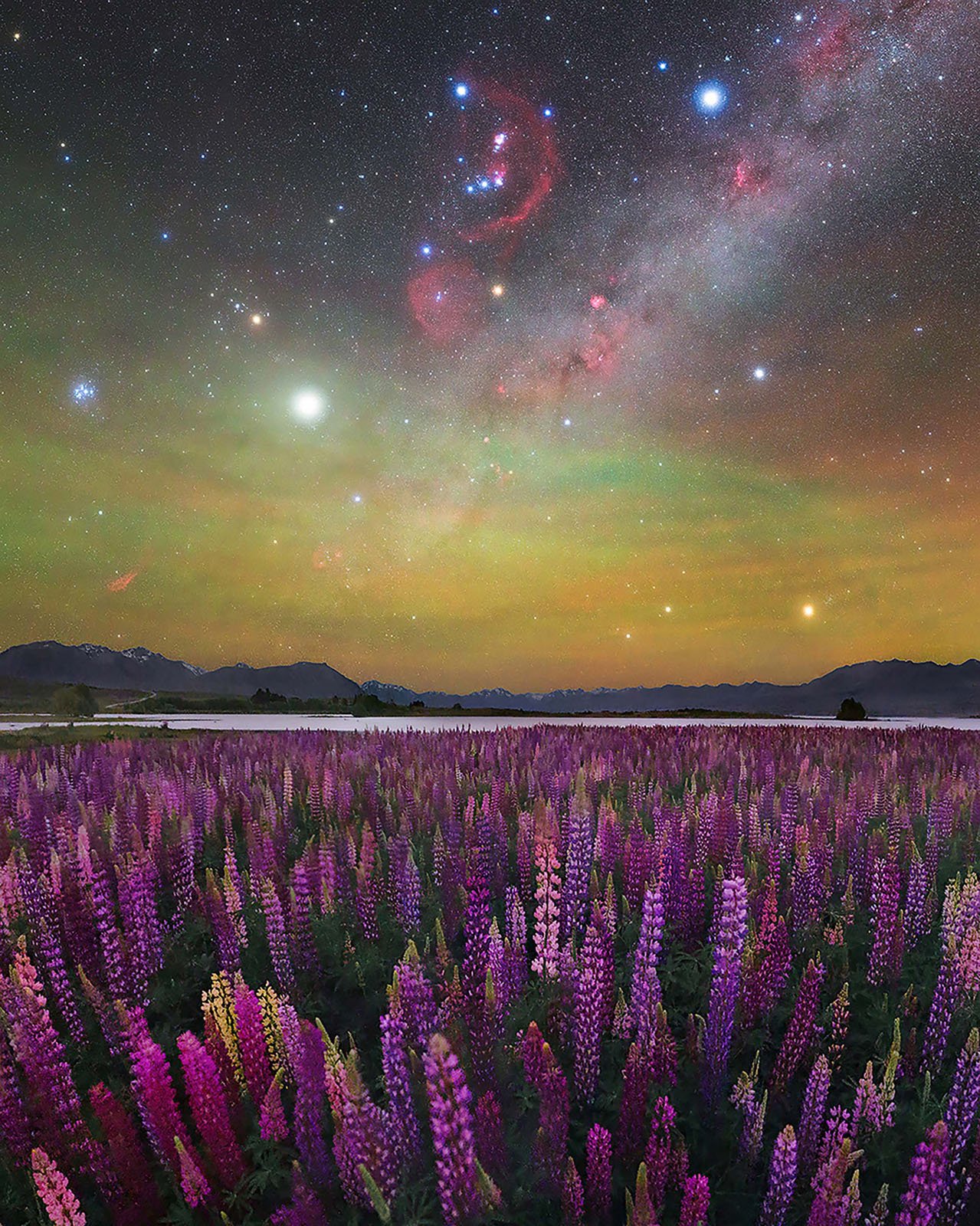
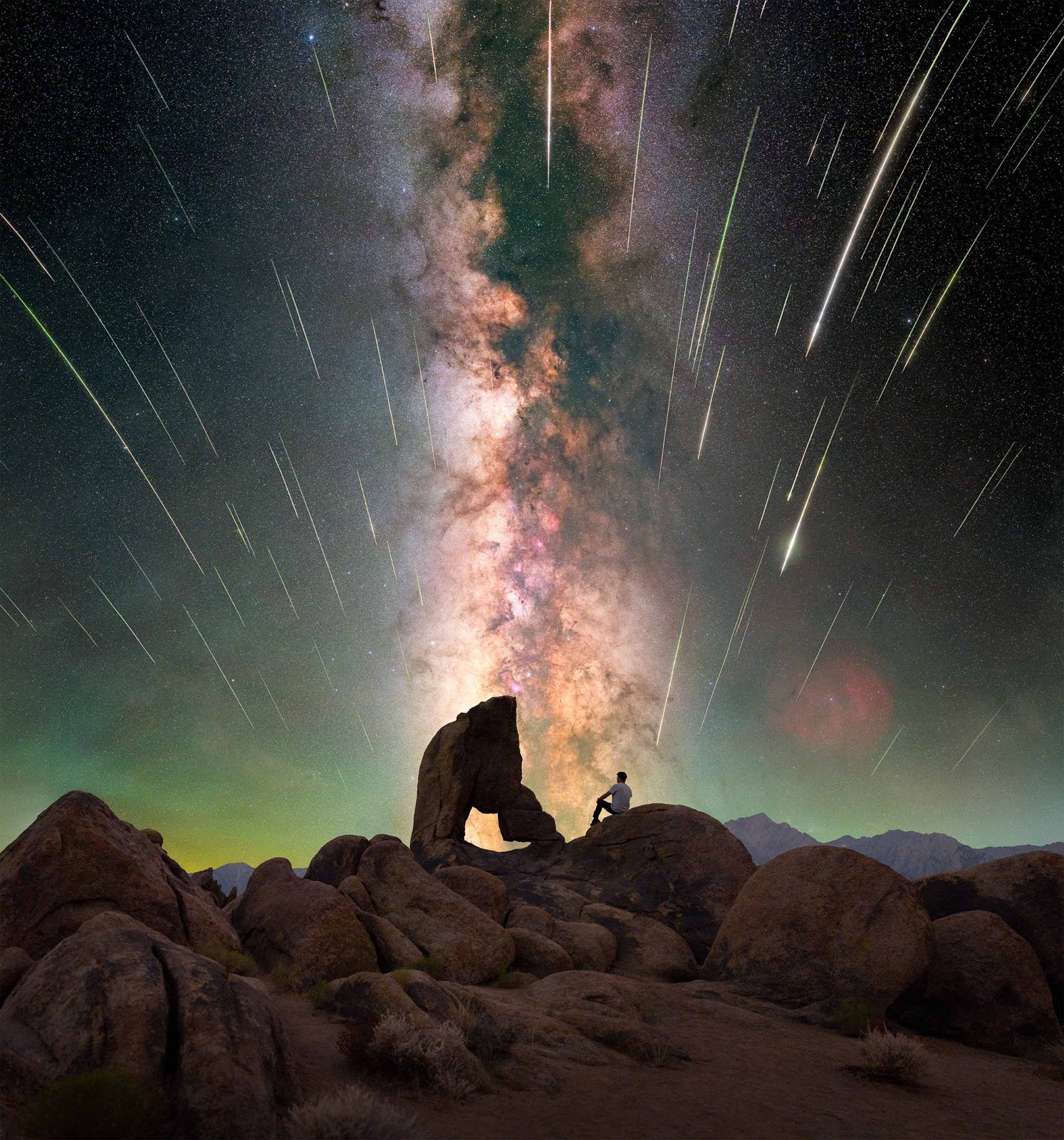


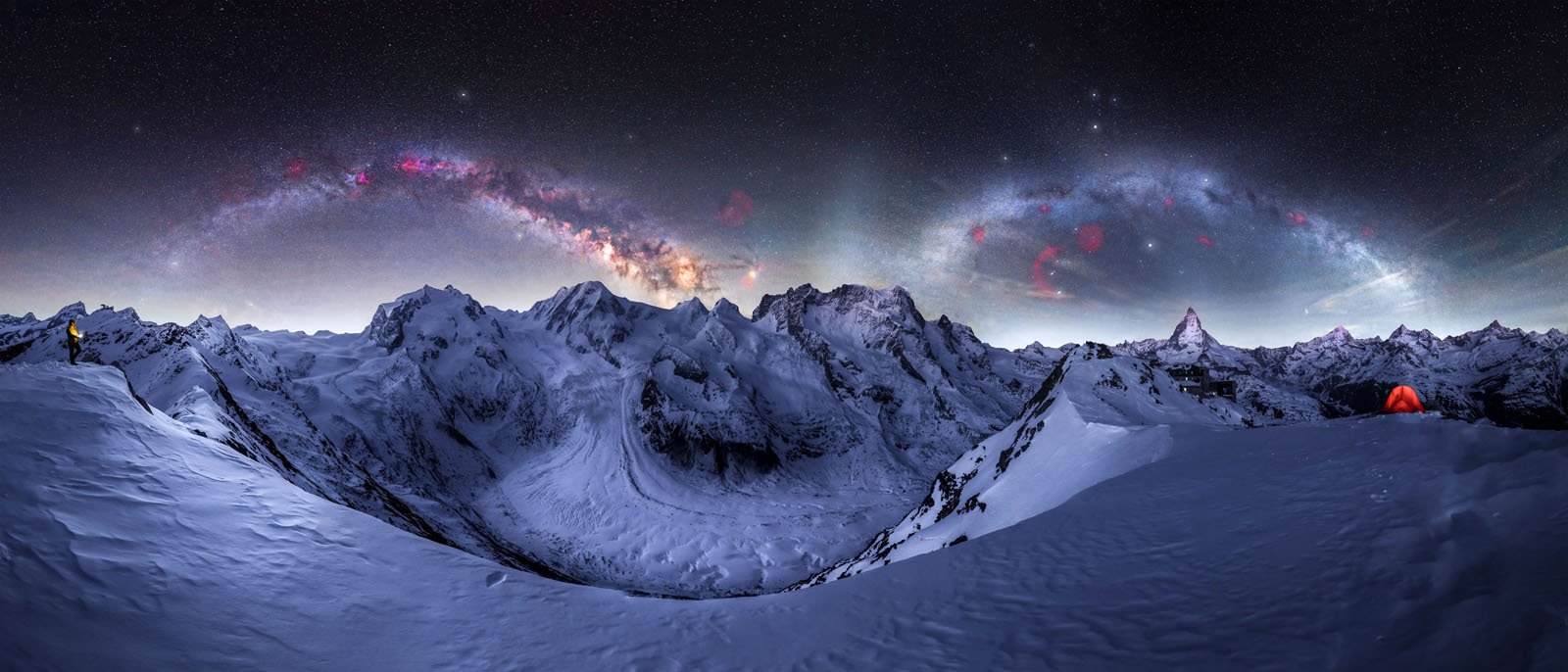
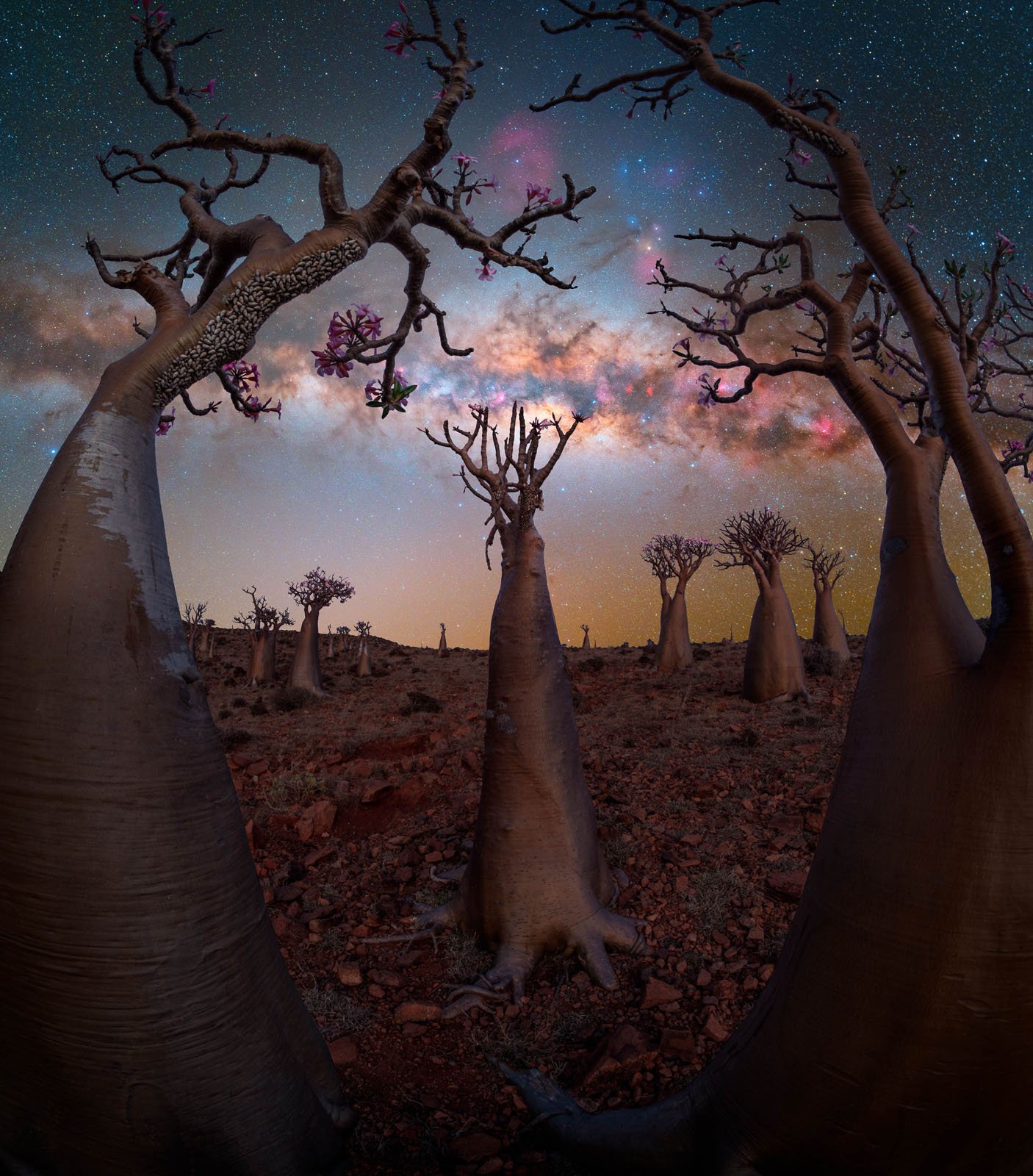
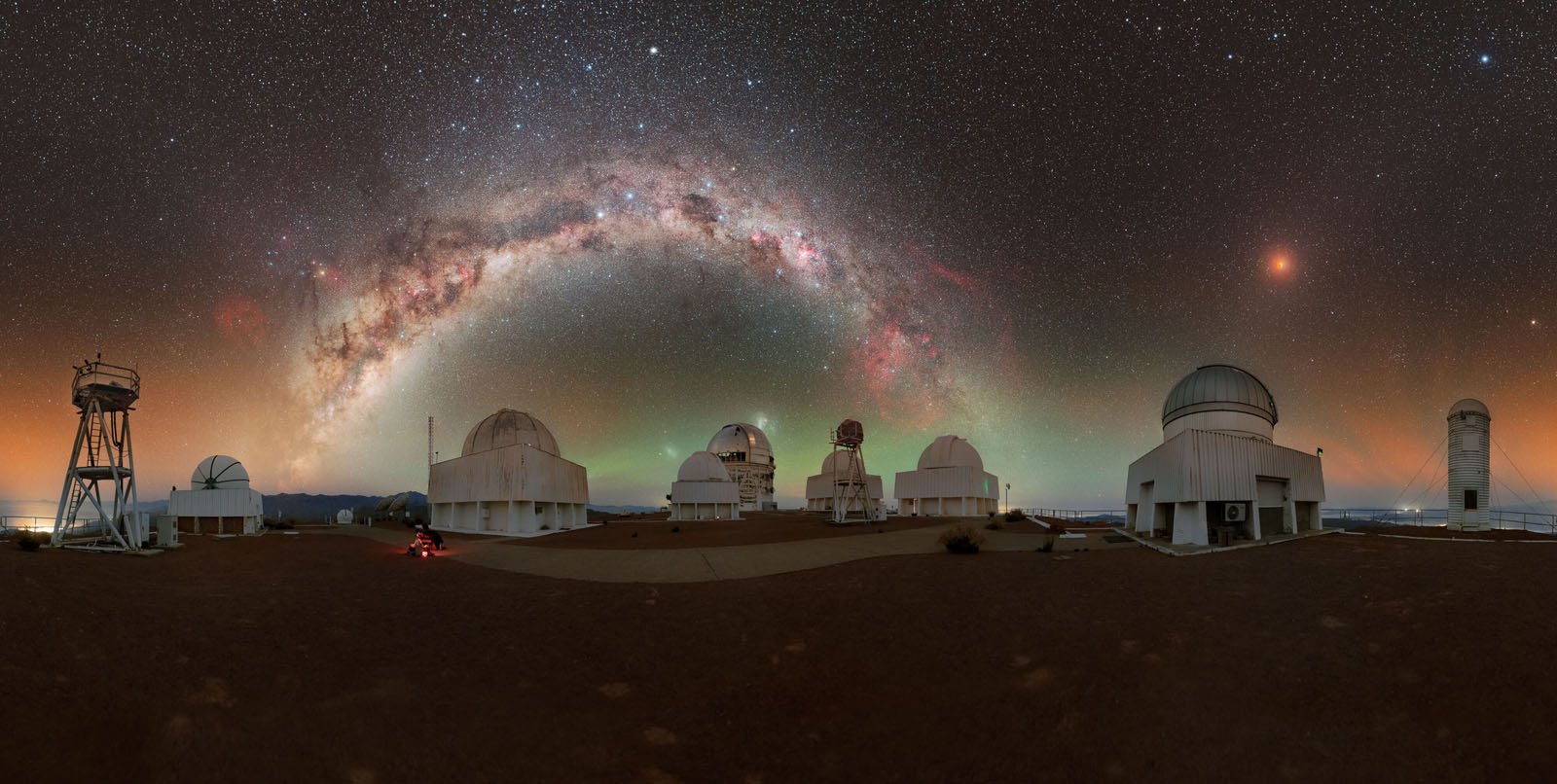
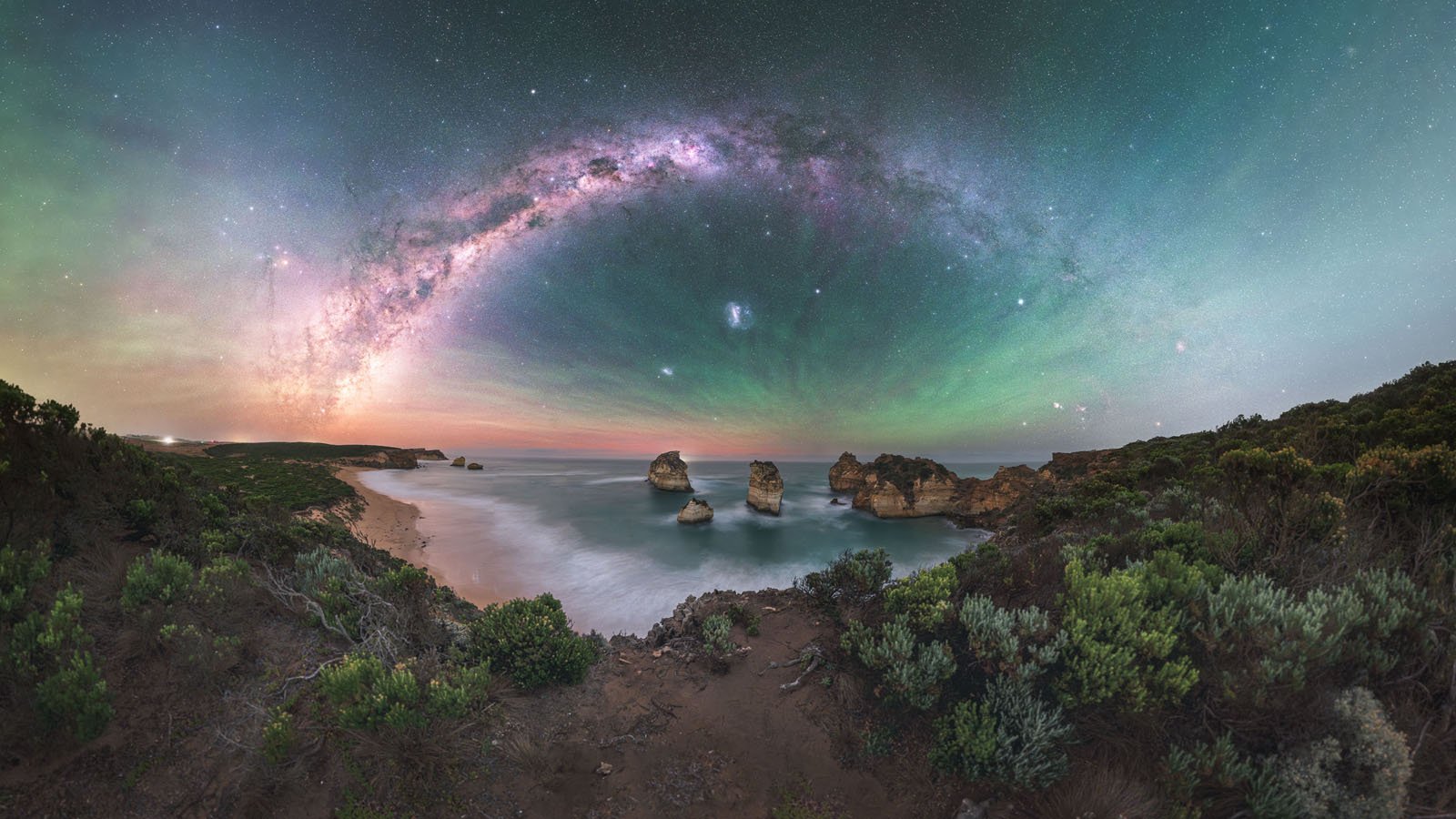
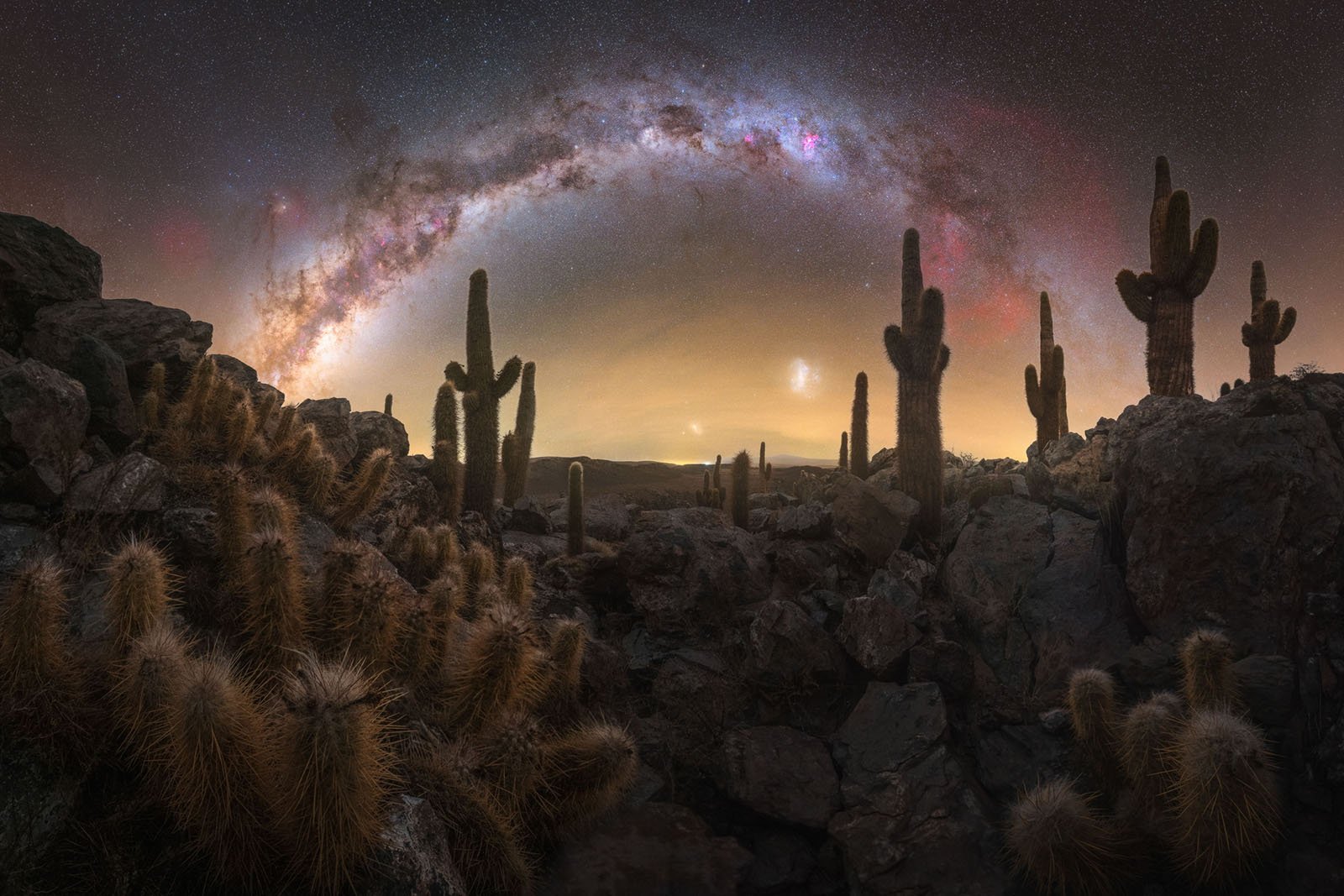
Photographers interested in capturing beautiful Milky Way photos of their own will find a lot of fantastic advice in PetaPixel‘s “How to Photograph the Milky Way” guide. Capture the Atlas has a detailed guide as well, which includes a chart for the best Milky Way viewing in 2025. Calendars for a variety of locations are available for free from Capture the Atlas.
Image credits: Capture the Atlas. Each photographer is credited in the individual photo captions.